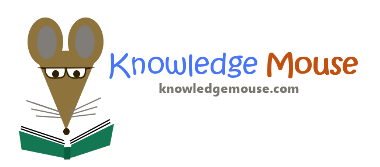Welcome to the Knowledge Mouse Online Quiz
Tasks of Toddler
| Questions |
Answers |
| A commonly recognized element (or elements) that identifies groups or classes; usually has a given name. |
Concept |
| The rules of a specific language that include both written and spoken utterance and describe how that specific language works and the forms of speech that conform to the rules that well-schooled speakers and writers observe in any given language. |
Grammer |
| The grammatical "markers" such as plurals. As, a change in pitch or loudness of the voice. |
Inflections |
| Mentioned in Vygotsky's theory as private speech that becomes internalized and is useful in organizing ideas. |
Inner Speech |
| Child's awareness that he or she must gain and hold another's focus during communication exchanges to get his or her message understood. |
Joint Attention |
| Words that give a special characteristic to a noun (for example, a large ball). |
Modifiers |
| The smallest unit of a language that by itself has a recognizable meaning. |
Morpheme |
| The study of the units of meaning in a language. |
Morphology |
| The tendency on part of children to make the language regular, such as using past tenses like -ed on verb endings. |
Over-geralization |
| The smallest until of speech that distinguished one utterance from another. |
Phoneme |
| Pertaining to representing the sounds of speech with a set of distinct symbols,each denoting a single sound. |
Phonetics |
| The sound system of a language and how it is represented with an alphabetic code. |
Phonology |
| The study of how language is used effectively in a social context; varying speech patterns depending on social circumstances |
Pragmatic |
| The child's use of voice modulation and word stress to give special emphasis and meaning. |
Posodic Speech |
| The study of meanings associated with words and the acquisition of vocabualry. |
Semantics |
| Things that stand for or suggest (such as pictures,models, word symbols and so forth). |
Symbols |
| The arrangement of words as elements in a sentence to show their relationship. An example of syntax is "I'm going to the movies" versus "to the movies I'm going." |
Syntax |
| A characteristic of young children's sentences in with everything but the crucial words is omitted as as if a telegram. |
Telegraphic Speech |

